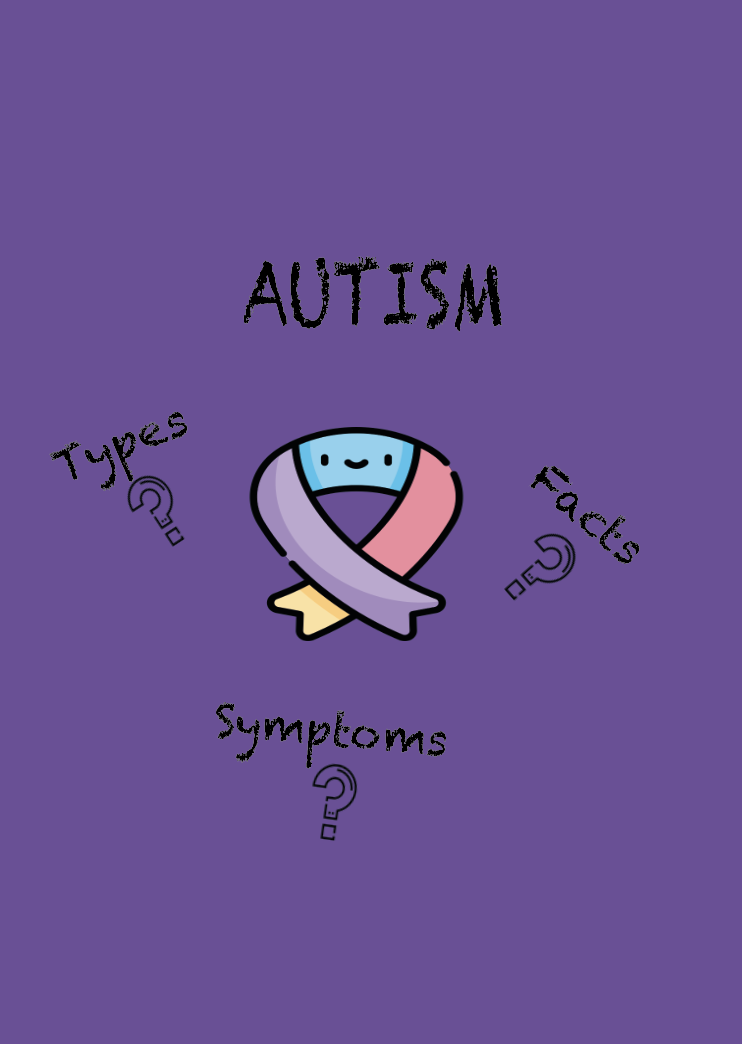The National Autism Association describes autism spectrum disorder as a bio-neurological developmental disability that generally appears before the age of 3. The term Autism stems from the Greek word autos meaning “self”, autism literally means “alone.”

Autism spectrum disorder begins in early childhood and eventually causes problems functioning in society — socially, in school and at work. Individuals with autism typically have difficulties in verbal and non-verbal communication, social interactions, and leisure or play activities
Types of Autism
There is no type of autism, but many subtypes, most influenced by a combination of genetic and environmental factors. Diagnostic and Statistical Manual of Mental Disorders (DSM) currently recognizes different ASD subtypes. People on the autism spectrum may have been diagnosed with one of the following disorders:
- autistic disorder
- Asperger’s Syndrome
- pervasive development disorder-not otherwise specified (PDD-NOS)
- childhood disintegrative disorder
Symptoms
According to Diagnostic and Statistical manual of Mental Disorders, the main symptoms of Autism are the followings;
- Issues with communication, including difficulties sharing emotions, sharing interests, or maintaining a back-and-forth conversation
- issues with nonverbal communication, such as trouble maintaining eye contact or reading body language
- difficulties developing and maintaining relationships
- repetitive movements, motions, or speech patterns
- rigid adherence to specific routines or behaviors
- an increase or decrease in sensitivity to specific sensory information from their surroundings, such as a negative reaction to a specific sound
Facts
National Autism Association separates some short facts regarding Autism:
- Boys are four times more likely to have autism than girls
- About 40% of children with autism do not speak. About 25%–30% of children with autism have some words at 12 to 18 months of age and then lose them. Others might speak, but not until later in childhood
- Autism greatly varies from person to person (no two people with autism are alike)
- The rate of autism has steadily grown over the last twenty years
- Autism is the fastest growing developmental disorder, yet most underfunded
- Children with autism do progress – early intervention is key
- Autism is treatable, not a hopeless condition
Famous Autistic people in History
Autism cannot be an obstacle to achieving goals. Here is the list of people who are proof of it.
- Albert Einstein – Scientist & Mathematician
- Bill Gates – Co-founder of the Microsoft Corporation
- Steve Jobs – Former CEO of Apple
- Hans Christian Andersen – Children’s Author
- Susan Boyle – Singer
- Lewis Carroll – Author of “Alice in Wonderland”
- Stanley Kubrick – Film Director
- Michelangelo – Sculptor, Painter, Architect, Poet
- Wolfgang Amadeus Mozart – Classical Composer
- Sir Isaac Newton – Mathematician, Astronomer, & Physicist
- Nikola Tesla – Inventor
- Charles Darwin – Naturalist, Geologist, and Biologist